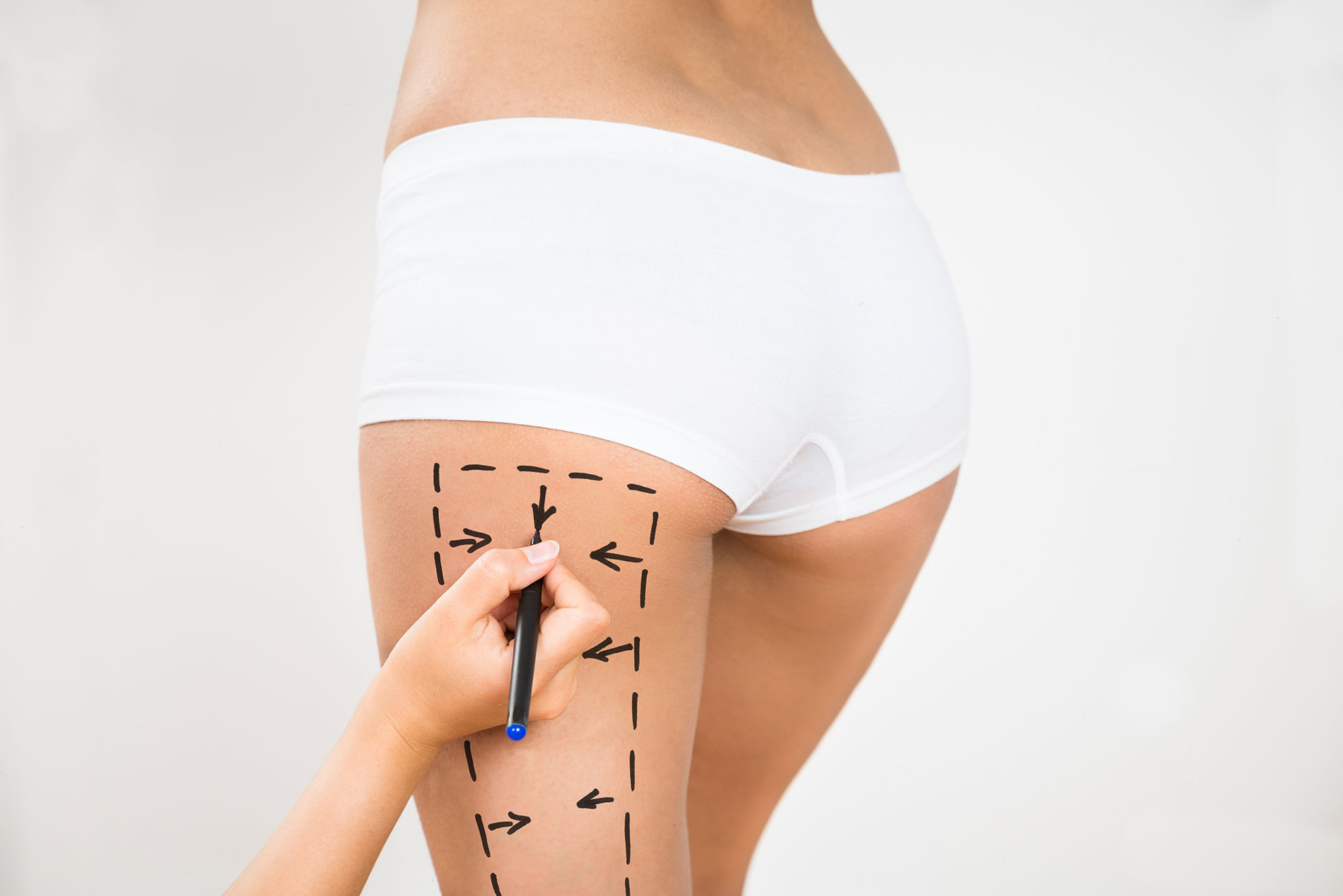What is a thigh lift?
A thigh lift surgery is the procedure that increases the firmness of your upper legs. It’s a popular option when cellulite, fat cells, or excess skin on your thighs just wont go away no matter how much you diet or exercise.
A thigh lift, commonly called a thighplasty is the removal of excess skin, fat, and tissue to tone the upper thigh. There are multiple techniques plastic surgeons use to customize the thigh lift procedure in order to satisfy the patients wants and needs. Your doctor can discuss the options that would fit best for you.
Thigh Lift – the ideal candidate
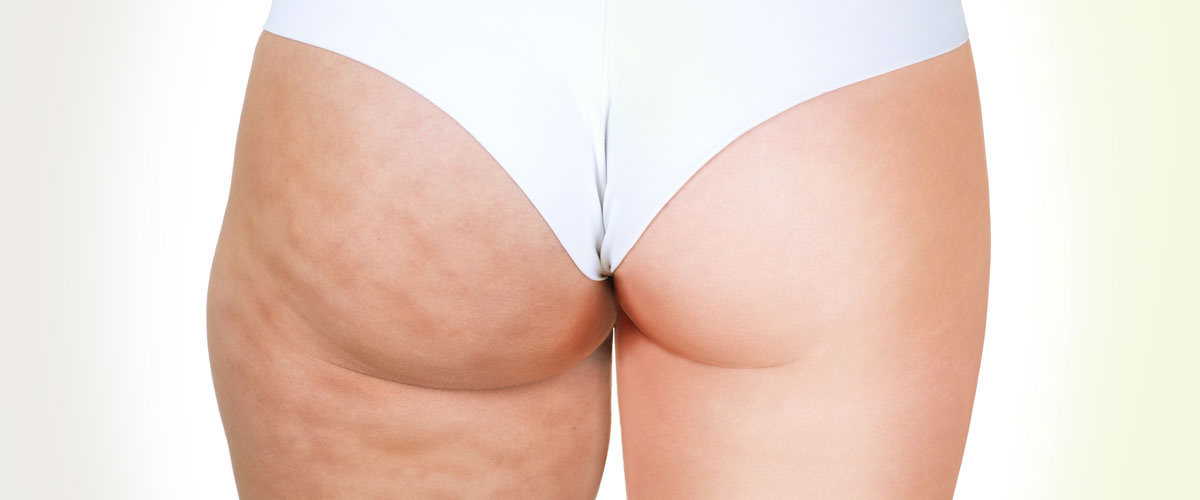
When undergoing any cosmetic surgery, patients should ask themselves why they want to change their current appearance and make sure it is for the right reasons. Typically, a patient should not change their appearance to satisfy somebody else. Patients should go over their expectations with their doctor and be sure they are aware of the results that are possible.
If the appearance of your thighs have bothered you for a long time and you have already done everything you thought possible to get more toned thighs, a thigh lift could give you a trimmer and more toned appearance.
In order for a patient to be eligible for a thigh lift, they will need to meet certain requirements.
Some of these requirements include:
- Have unwanted skin and soft tissue along your inner thighs. Your plastic surgeon may be able to remove thin layers of fat during your procedure. In this regard, candidates should remember that a thighplasty is not designed to be a replacement for healthy diet and exercise.
- Maintain a stable weight. Gaining and losing weight after surgery can interfere with the patients results, so make sure you clear your target weight with your surgeon before undergoing the procedure.
- The patient should be in good health. When a patient is not healthy it can interfere with their recovery process as well as their ability to safely undergo anesthesia or sedation.
- Not being a smoker or a heavy drinker.
- Patient can commit to maintaining a healthy diet and exercising after surgery to preserve their results.
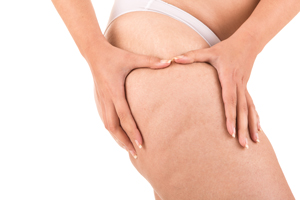 Having a thighplasty can have a positive affect on the life of the candidate, for many reasons. For starters they will be less self conscious about the look of their legs and will be able to dress much more care-freely. With any cosmetic surgery though, the best candidates are those who have goals to look forward too and have a healthy outlook on the look of their body and life in general. A thighplasty will not solve mental health matters, it will only alter your physical appearance. It’s best to be sure you are undergoing the surgery for the right reasons.
Having a thighplasty can have a positive affect on the life of the candidate, for many reasons. For starters they will be less self conscious about the look of their legs and will be able to dress much more care-freely. With any cosmetic surgery though, the best candidates are those who have goals to look forward too and have a healthy outlook on the look of their body and life in general. A thighplasty will not solve mental health matters, it will only alter your physical appearance. It’s best to be sure you are undergoing the surgery for the right reasons.
What should be expected during surgery?
Depending on what type of thigh lift your surgeon recommends for you, the surgery process will vary. Shapes and sizes of incisions will also vary, and doctors will decide what is best for the patient depending on their body type and desired results.
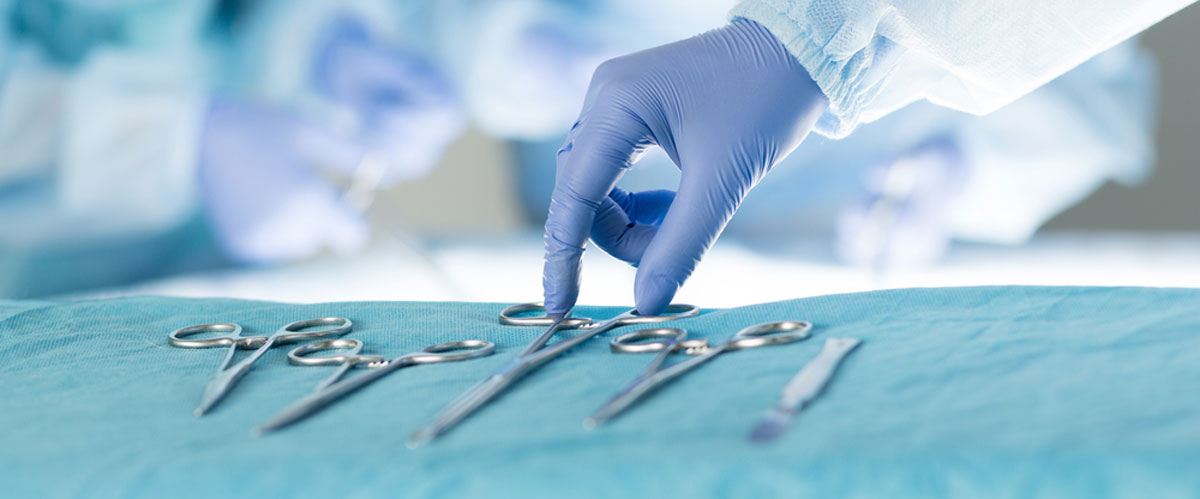
Inner Thigh Lift
This type of lift targets the inner thighs. The procedure helps patients who have trouble removing excess fat with diet and exercise. This procedure can also help patients that have reduced skin elasticity due to extreme weight loss, or their aging process. Your surgeon will make an incision where the thigh meets the pubic area. This allows access to the underlying tissues while making the most discreet incision possible. The plastic surgeon will then remove a piece of skin and possibly fat and tighten the remaining skin to improve the appearance of the patient’s thigh.
Mini Thigh Lift
A mini thigh lift is for patients who only have sagging tissue in the upper third of their leg. This surgery involves only a short scar in the groin area, and has less dramatic results. The mini thigh lift requires a shorter recovery period as well as slight scarring.
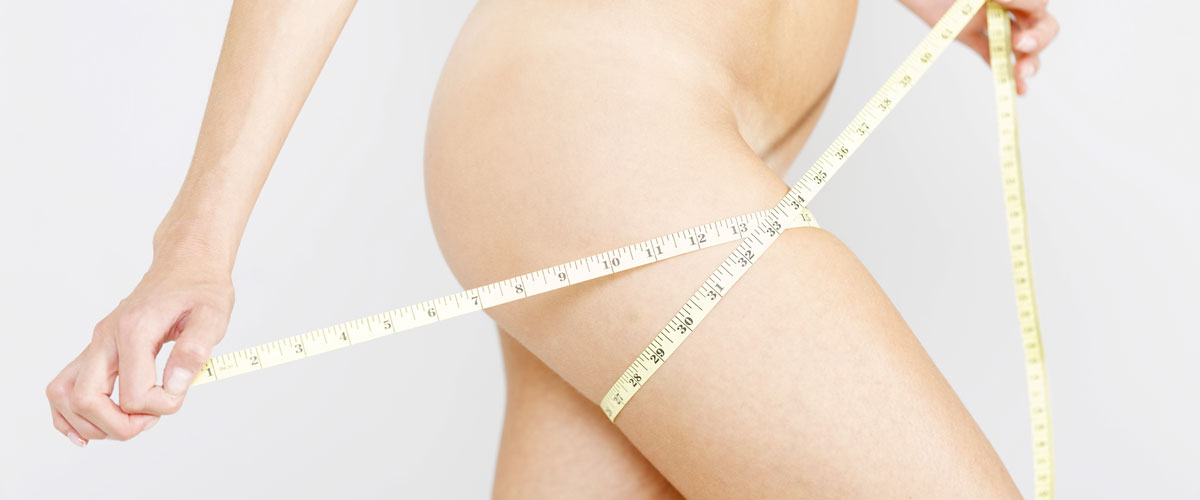
Bilateral Thigh Lift
This surgery is commonly called an “outer thigh lift,” and tightens the skin on the front and outside of the leg. Your doctor makes an incision at the top of your leg where the lower edge of your underwear would be, creating a “V” shape. Depending on the patient, the incision may wrap around to their hip or buttock area. A certain amount of skin is then removed, depending on the patient’s preferences, and then the remaining skin is pulled up and attached to the smooth area of the skin. The bilateral thigh lift tightens skin along both the right and left side of the leg. This technique can also help lift the patient’s buttocks along with their thighs.
Medial Thigh Lift
This procedure reduces excess skin and fat on the upper portion of the inner thigh. When patients do not like the shape of their legs or have excess skin they want removed, this is typically the surgery the doctor will recommend. The doctor will make an incision in the patient’s groin, extending to the back of the crease of the buttock or, in some cases, to the hip region. Sometimes this procedure includes vertical scars extending down the legs from the groin in order to reach underlying tissue. The skin is then lifted removing excess skin and fat to improve the shape of the leg and tighten the thigh.
The Procedure
 Before undergoing surgery your doctor will make sure you have no signs of weight gain from your previous visit. Then, your doctor will begin making marks on your thighs to guide him or her during surgery as well as to show the patient what to expect for the placement of their incisions. Anesthesia will then be administered to keep you calm as well as to make sure you do not feel any pain during surgery. The nurses will clean your thighs and prepare you for surgery. To keep you calm and comfortable, an anesthesiologist will administer either local anesthesia combined with intravenous sedation or general anesthesia. Depending on the type of thigh lift the patient and doctor agreed upon, the incisions and amount of fat removed will vary.
Before undergoing surgery your doctor will make sure you have no signs of weight gain from your previous visit. Then, your doctor will begin making marks on your thighs to guide him or her during surgery as well as to show the patient what to expect for the placement of their incisions. Anesthesia will then be administered to keep you calm as well as to make sure you do not feel any pain during surgery. The nurses will clean your thighs and prepare you for surgery. To keep you calm and comfortable, an anesthesiologist will administer either local anesthesia combined with intravenous sedation or general anesthesia. Depending on the type of thigh lift the patient and doctor agreed upon, the incisions and amount of fat removed will vary.
Recovery
 After waking up from surgery, the patient will have bandages over their incisions and will probably have drains to prevent blood and fluid from building up. Compression garments will also be on the patient to hold their incisions in place. Once the anesthesia wears off the patient may feel sore and uncomfortable but the prescribed painkillers should manage this pain. The patient is not allowed to consume aspirin or ibuprofen as these medications can increase bleeding. About two to three weeks after surgery patients should be able to return to work and begin sitting on their thighs with the support of pillows. Around one month after surgery the patient may stop wearing their compression garment, and the swelling of the thighs should be gone. Six to eight weeks after surgery patients will be able to begin their normal exercise routines. Around three months after surgery patients should begin noticing their scars to fade, and should be fully recovered between six to twelve months.
After waking up from surgery, the patient will have bandages over their incisions and will probably have drains to prevent blood and fluid from building up. Compression garments will also be on the patient to hold their incisions in place. Once the anesthesia wears off the patient may feel sore and uncomfortable but the prescribed painkillers should manage this pain. The patient is not allowed to consume aspirin or ibuprofen as these medications can increase bleeding. About two to three weeks after surgery patients should be able to return to work and begin sitting on their thighs with the support of pillows. Around one month after surgery the patient may stop wearing their compression garment, and the swelling of the thighs should be gone. Six to eight weeks after surgery patients will be able to begin their normal exercise routines. Around three months after surgery patients should begin noticing their scars to fade, and should be fully recovered between six to twelve months.
Risks
Like any surgery, a thigh lift procedure has risks, but they are typically easy to resolve. There may be scarring, incisions can reopen, blood can accumulate around the incisions, infection, blood clotting, bleeding, continued sagging, asymmetry, loss of sensation, and general discomfort. If a patient has any of these symptoms they should see their doctor immediately.

